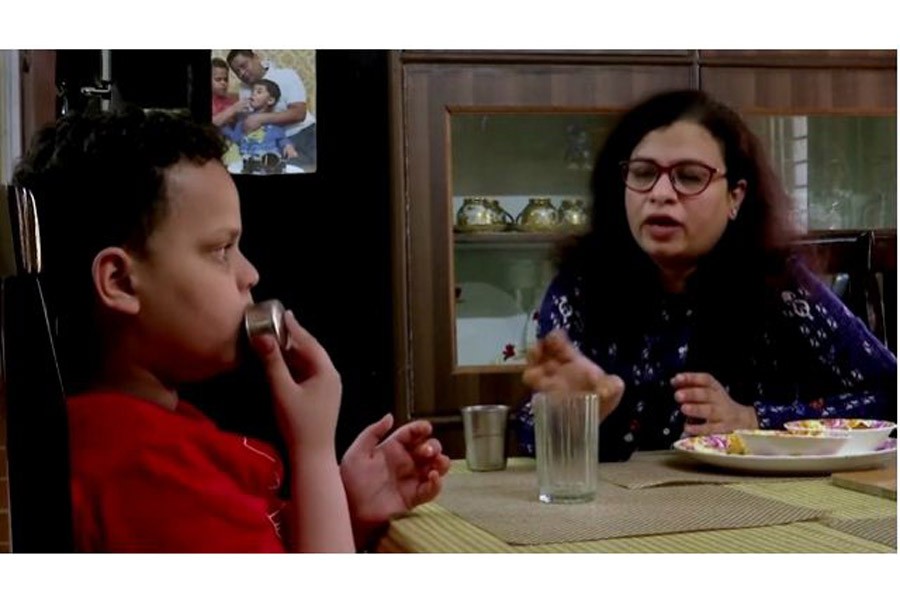An already challenging life combining full-time work as a doctor with mothering two autistic sons was turned upside down for Meenakshi Mourya when the pandemic hit India.
The country has the world’s second highest recorded caseload of COVID-19 in the world after the United States and a shortage of healthcare workers puts a heavy burden on those there are.
For almost a month as cases spiked last year, Mourya said she could not spend time with her children as she worked long and gruelling hours treating a flood of patients.
“I was so emotionally down at that time...patients were dying in front of me,” she said, visibly emotional as she spoke to Reuters in the home she shares with her husband, also a doctor, and their four and nine-year olds, who need help to eat and find it hard to communicate.
“I did not want them to see me, because when they see me, they will cry.”
An anaesthesia specialist at Delhi’s biggest public hospital, Safdarjung, Mourya’s job was critical during last year’s peak, when the Indian capital was recording around 7,000-8,000 new cases every day.
At home, her sons sat at the window, pining for her, she said. The lockdown meant their special education classes were halted too, putting extra pressure on their female carer.
“They were restless, uncomfortable, crying all the time, and waiting for me, sitting at the window ... sometimes in a very confused state, not eating well,” Mourya said.
With more than 11 million recorded cases of COVID-19 and more than 150,000 deaths, India has seen cases rising again since early February. In Delhi, though, the virus is now under far better control, allowing Mourya more time with her kids.
They still cry when she leaves for work, often clinging to the window for hours, but when she comes home, she says she is now able to enjoy giving them the intensive care they need.
And there has been a bright spot in the family’s ordeal: while the older son finds speech difficult, the younger one has begun using words, among them, ‘Papa’.


